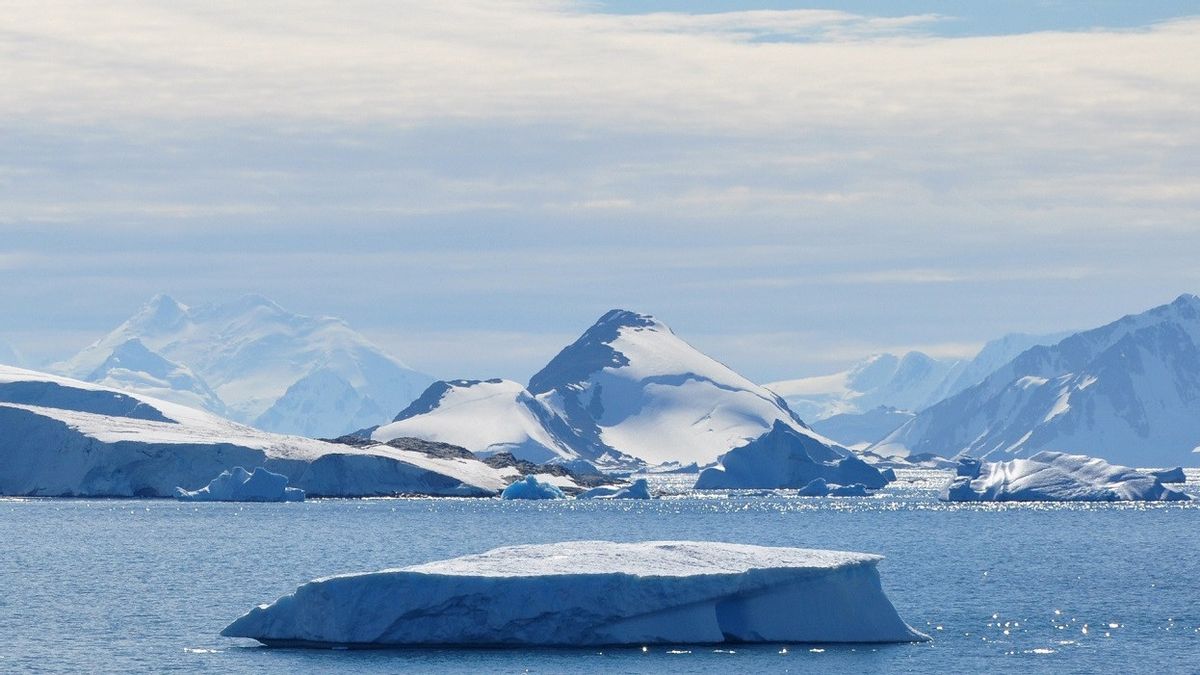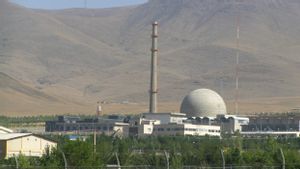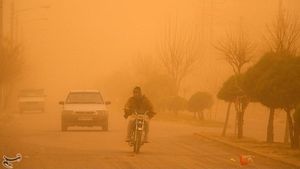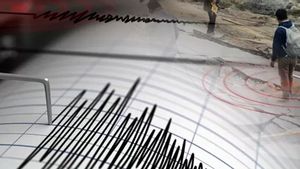The vast ice surrounding Antarctica hit record lows this winter, the United States National Snow and Ice Data Center (NSIDC) said, adding to scientists' concerns about the impact of climate change in the South Pole.
The researchers warned that this condition could have dire consequences for animals such as breeding and raising their young on sea ice. It also accelerates global warming by reducing the amount of sunlight reflected by white ice into space.
Antarctica's sea ice area peaked this year on September 10, when it reached 16.96 million square kilometers (6.55 million square miles), which is the highest point in winter since satellite records in 1979, according to the NSIDC.
That number is about 1 million square kilometers less than the record low previous winter recorded in 1986.
"It's not just a record-breaking year, it's been a year that broke extreme records," said senior scientist of NSIDC Walt Meier.
The NSIDC said in a statement the figures were preliminary figures with a full analysis to be released next month.
The season is reversed in the Southern hemisphere, with sea ice generally peaking around September towards the end of winter and then melting to its lowest point in February or March as summer approaches.
Antarctica's sea ice area in the summer also hit record lows in February, breaking an earlier record set in 2022.
Although climate change has contributed to the melting of glaciers in Antarctica, it is not yet known exactly how temperature heating impacts sea ice near the south pole. The sea ice area there increased between 2007 and 2016.
The shift in recent years to record lows has scientists worried that climate change may emerge by itself in Antarctic sea ice.
SEE ALSO:
While Meier warned it was too early to say it, an academic article published earlier this month in the journal 'Communications Earth and Environment' showed climate change was a potential factor.
The study found that sea temperature warming, which was primarily driven by human-induced greenhouse gas emissions, contributed to the drop in sea ice levels seen since 2016.
"The main message here is to protect this part of the frozen world which is very important for various reasons," said Ariaan Purrich, a marine ice researcher at Monash University Australia who co-wrote the research.
"We really need to reduce greenhouse gas emissions," he said.
The English, Chinese, Japanese, Arabic, and French versions are automatically generated by the AI. So there may still be inaccuracies in translating, please always see Indonesian as our main language. (system supported by DigitalSiber.id)
















